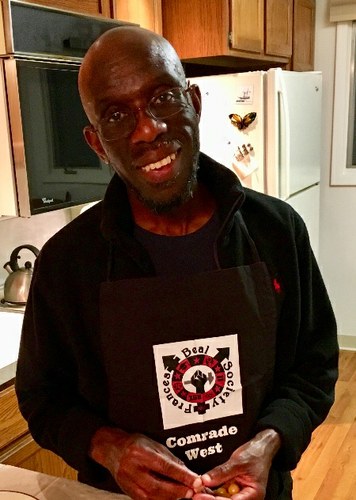The Struggle for Zimbabwe, Then and Now: Notes Toward a Deep History of the Current Crisis
Abstract
The struggle for Zimbabwe is coterminus with the commencement of the Southern Rhodesian colonial project, which was part of the larger European scramble for Africa in the late nineteenth century. Like everywhere else in Africa and beyond, colonialism in Southern Rhodesia centered on expropriation. That is, the expropriation of natural, mineral, and agricultural resources and the human labor that was needed to exploit those resources. This was not, of course, an enterprise that proceeded with the consent of the colonized. Colonialism—and the point bears emphasizing in the face of ongoing white-washing narratives to the contrary—was a violent process. Like African slavery in the Americas colonialism in Africa was imposed by violence and maintained by violence. The most potent symbol of European rule in Africa was not the vaunted schoolhouse of Christian missionaries, but the colonizer’s whip, that ubiquitous instrument that was everywhere deployed upon the colonized body—on the job, in the streets, in the prisons, even in the missionary schools and churches. This was indeed colonial slavery, as certain radicals took to calling it. The long-standing struggle for Zimbabwe, then, began as a struggle against terror, the systemic and systematic terror and violence of colonialism. This struggle was all the more vexed because Southern Rhodesia experienced colonialism of a special kind: settler colonialism.
Abstract
The struggle for Zimbabwe is coterminus with the commencement of the Southern Rhodesian colonial project, which was part of the larger European scramble for Africa in the late nineteenth century. Like everywhere else in Africa and beyond, colonialism in Southern Rhodesia centered on expropriation. That is, the expropriation of natural, mineral, and agricultural resources and the human labor that was needed to exploit those resources. This was not, of course, an enterprise that proceeded with the consent of the colonized. Colonialism—and the point bears emphasizing in the face of ongoing white-washing narratives to the contrary—was a violent process. Like African slavery in the Americas colonialism in Africa was imposed by violence and maintained by violence. The most potent symbol of European rule in Africa was not the vaunted schoolhouse of Christian missionaries, but the colonizer’s whip, that ubiquitous instrument that was everywhere deployed upon the colonized body—on the job, in the streets, in the prisons, even in the missionary schools and churches. This was indeed colonial slavery, as certain radicals took to calling it. The long-standing struggle for Zimbabwe, then, began as a struggle against terror, the systemic and systematic terror and violence of colonialism. This struggle was all the more vexed because Southern Rhodesia experienced colonialism of a special kind: settler colonialism.
